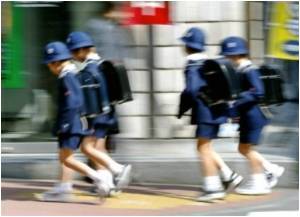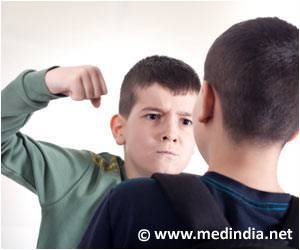Many children who are bullied suffer in silence. This trauma if not taken care of can lead to anxiety, depression, psychotic episodes and even suicide.

Researchers from the University of Warwick in the United Kingdom found that nightmares or night terrors were more common in 12-year-olds who had reported being bullied when they were 8 and 10 years old.
"Nightmares are relatively common in childhood, while night terrors occur in up to 10 percent of children," said lead author Suzet Tanya Lereya, PhD, research fellow at University of Warwick. "If either occurs frequently or over a prolonged time period, they may indicate that a child/adolescent has or is being bullied by peers. These arousals in sleep may indicate significant distress for the child."
Dr. Lereya and Dieter Wolke, PhD, analyzed data from the Avon Longitudinal Study of Parents and Children, which examined the determinants of development, health and disease during childhood and beyond. Children were enrolled at birth, and 6,438 were interviewed at ages 8 and 10 years about bullying and at age 12 about parasomnias, including nightmares, night terrors and sleep walking.
Survey results showed that at age 12 years, 1,555 (24.2 percent) of children had nightmares, 598 (9.3 percent) had night terrors, 814 (12.6 percent) reported sleep walking and 2,315 (36 percent) had at least one type of parasomnia (nightmares, night terrors and sleep walking).
After adjusting for confounders (e.g., any psychiatric diagnosis, family adversity, IQ, internalizing and externalizing problems, sexual or physical abuse, domestic violence, and nightmares before 8 years), children who were victimized at 8 or 10 years were significantly more likely to have nightmares, night terrors or sleep walking at age 12. Moreover, those who were both a victim and a bully were much more likely to have any parasomnia, but bullies were not at increased risk of a sleep disturbance.
Advertisement
"General practitioners also should consider peer bullying as a potential precursor of nightmares or night terrors in children," Dr. Wolke added.
Advertisement










